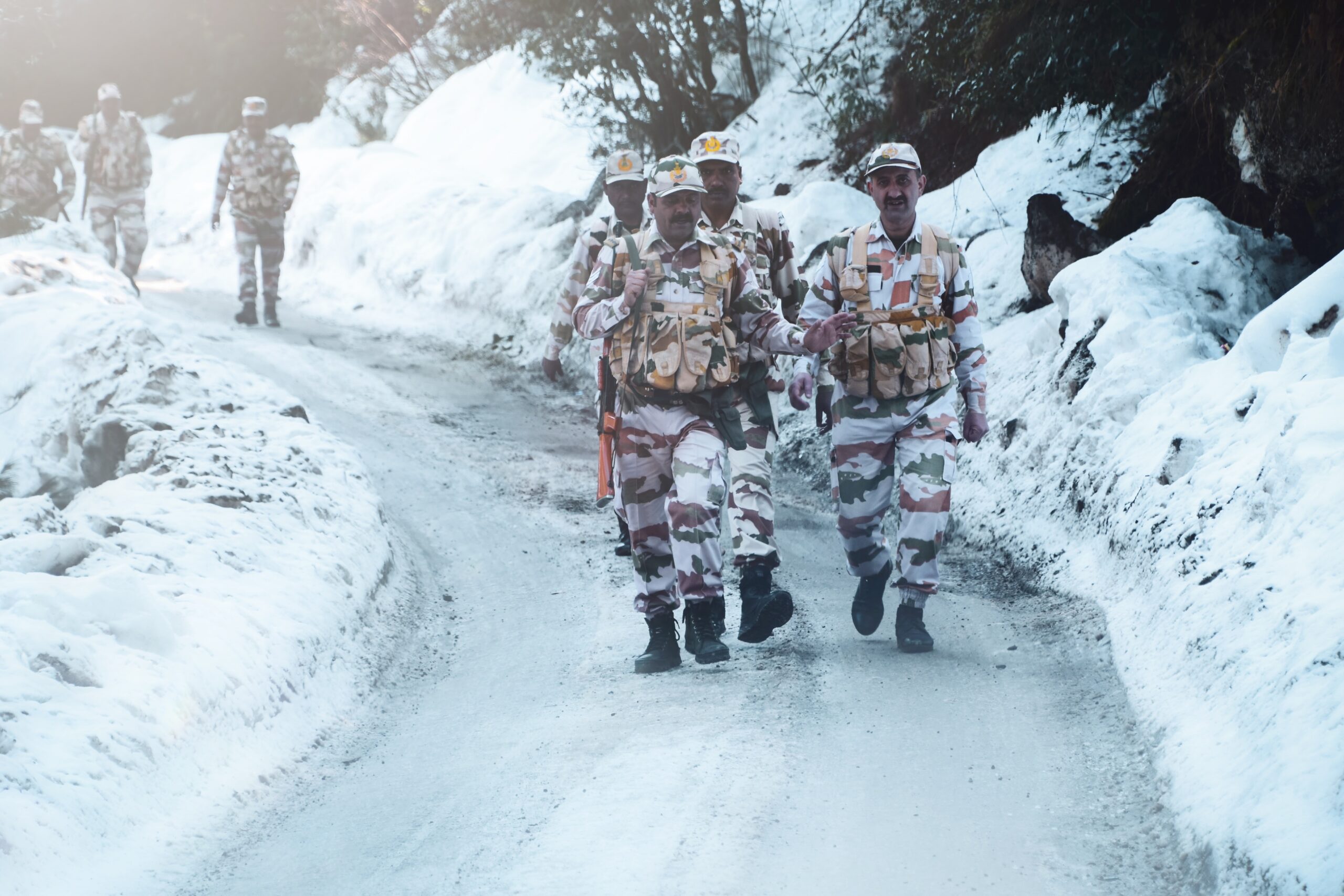When India gained independence in 1947, it was split into two Pakistans. West Pakistan, which is now recognized as Pakistan, and East Pakistan, which is now known as Bangladesh. In quantitative terms, the distance between these two Pakistans was more than 2000 kilometres, but in cultural terms, it was considerably greater.
Field Marshal Ayub Khan handed over the leadership of Pakistan to General Yahya Khan in 1969, and elections were held the following year. These were Pakistan’s first elections essentially as an independent country. The majority supported Rahman in the 1970 elections, and he should have been elected Prime Minister, but Pakistan’s military rulers prevented this. For several weeks, Bhutto met with Mujibur Rahman, but when nothing was accomplished, Yahya Khan began attempting to exploit East Pakistan.
India has always been a strong supporter of the Awami League and Mujibur Rahman. Indira Gandhi, the then Prime Minister of India, decided not to intervene immediately during the Pakistani Army’s assault. The Indian Army’s Eastern Command, on the other hand, took over East Pakistan’s operations.
The Indian Army initiated ‘Operation Jackpot‘ on May 15, 1971, and began offering training, arms, money, and ammunition to the ‘Mukti Vahini’ rebels. East Pakistan’s military, paramilitary, and civilian armies were known as the Mukti Vahini. Its purpose was to use guerilla warfare to achieve East Pakistan’s sovereignty. The Indian Army had not yet joined the conflict, but Pakistan provided a pretext to do so in December 1971. In expectation of an invasion from India, the Pakistani Air Force bombed the western provinces on December 3, 1971. India had declared war on Pakistan by the dawn of December 4th.
PM Indira Gandhi strategized on a number of issues before the start of the 1971 war. She allowed her military generals carte blanche to prepare the ‘Mukti Vahini’ in their own way, while also preparing herself for the looming diplomacy conflict.
Indira Gandhi’s aim for the 1971 war was straightforward: it would be brief and effective. The threat of interference from countries such as the United States and China remained big if the battle went on for too long. From the commencement of the East Pakistan issue to the end of the conflict, Indira Gandhi was steadfast. The influx of refugees was rising, East Pakistan’s exiled government was based in Calcutta, and India’s opposition demanded that this administration be given official recognition. Indira, on the other hand, was deliberate in her approach. Under any scenario, she did not want India to fight a war. This had been secured by the Pakistani Air Force onslaught. During the assault, Indira was in Calcutta. She arrived in Delhi quickly and addressed the nation, declaring, “A war has been foisted on us.”
Indira Gandhi’s triumph in the 1971 war was also made possible by her entire reliance on her military commander, Field Marshal Sam Manekshaw. Indira Gandhi intended to take military action in response to the crisis in East Pakistan in April 1971, but Manekshaw objected. Indira requested Manekshaw to take action during a cabinet session, to which the field marshal insinuated that they weren’t ready for war. He informed Indira of a possible Chinese invasion, weather-related hurdles, and the military’s limits in such a circumstance, and requested some time. Indira had faith in him.
Indira Gandhi’s objective was to keep the conflict brief, but if it dragged on, the world should be informed about Pakistan’s indiscretions ahead of time. Indira Gandhi did this by writing letters to various international leaders from March to October 1971, notifying them of their status at the Indian border. She had also spent 21 days visiting Germany, France, the United Kingdom, Belgium, and the United States. Indira pointed to the ongoing massacre in East Pakistan everywhere she went.
Indira had promptly declared a truce after the surrender. She wanted to convey a message to the rest of the world that India is not interested in gaining regional advantages. India’s victory in 1971 was not solely military. Indira Gandhi’s statesmanship had outmanoeuvred Richard Nixon; she had skillfully dissolved Pakistan in just 13 days and harboured millions of refugees, demonstrating humanism.
However, it is believed that India was fully aware of the impending war at least two years prior. Despite the fact that Pakistan was holding a democratic election at home, Delhi was well aware of the country’s grave internal turmoil. The possibility of the movement falling into the hands of fanatics and pro-China communists in Bangladesh, according to RAW Chief Kao, was enormous. As a result, it was deemed in our best interests to provide substantial and timely assistance in order to assure the freedom movement’s triumph under the direction and guidance of the Awami League and its leaders.
The Prime Minister ordered the formation of a high-level committee made up of the Cabinet Secretary, R.N. Kao, T.N. Kaul, and the Home Secretary to evaluate the political, economic, and military consequences of India helping a Bangladesh liberation struggle on March 2nd. Indira Gandhi’s action on March 2 illustrates that she was open to considering the policy option of exploiting the situation. This was a crucial decision, and it fits Indira Gandhi’s role as a security seeker.
We might never know the true motives behind Indira Gandhi taking India to war, but the aid is provided to Bangladesh can’t be denied. Ultimately, it did help in stopping the unjust genocide and led to the emancipation of the nation.

